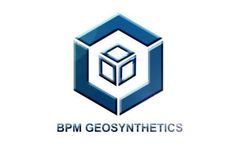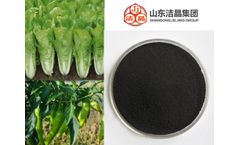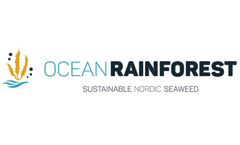Seaweed Production Articles & Analysis
9 articles found
Summary In 2003 Tralee-based biotechnology company, BioAtlantis began collaborating with UCD researchers to develop a seaweed-based product to promote better animal health. A key driver in the partnership was the ruling from Europe in 2006 that banned the use of in-feed growth promoting antibiotics. ...
Case StudyLocation- Indonesia Product – 0.5mm HDPE Impermeable Pond Liner Application- Fish pond IssueIndonesia is one of the world’s largest producers of aquatic products due to its location in fish rich waters and its long-standing fishing tradition. ...
The abundant marine biological resources are a material treasure house for the development of ecological agriculture. Seaweed extracts is one of the algae products from marine biological resources. It refers to seaweed extract powder/flakes, alginate oligosaccharide, seaweed extract liquid. ...
A feasibility study on Blue Fashion using cultivated seaweed for textile production The goal is to study the feasibility of “Blue Fashion” using seaweed cultivated and harvested in the North Atlantic and process it into seaweed fibres, that can be used in knitted and woven fabric. The study will focus on four ...
The overall aim is to characterize and reduce the iodine content of seaweed products, by technology development for the products to comply with the legislation and therefore increase the product portfolio of seaweed producers and facilitate their market entrance. ...
MACRO CASCADE will prove the concept of the cascading marine macroalgal biorefinery. This is a production platform that covers the whole technological chain for processing sustainable cultivated macroalgae biomass – also known as seaweed – to highly processed value added ...
Neil Chambers, Technical Manager at Bell Brother Nurseries Ltd, has been talking to us about his use of seaweed extract Stimplex to help minimise growing times, produce healthier, more resilient plants and reduce chemical inputs. ...
East Java as the country’s foremost production area accounts for roughly a third of shipments. Shrimp dominates the country’s exports, followed by frozen fish and fresh fish. ...
Production of seaweeds in Chile has fluctuated between 120,000 and 316,000 wet metric tons per year during the last ten years. The most important Phaeophyta are exploited for alginate production and as abalone feed. Among the Rhodophyta, Chilean production comes mainly from wild stocks, as at present cultivation on a commercial ...







